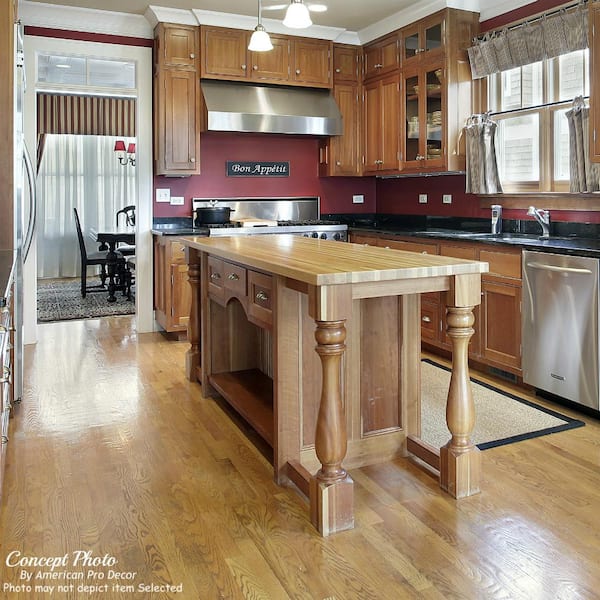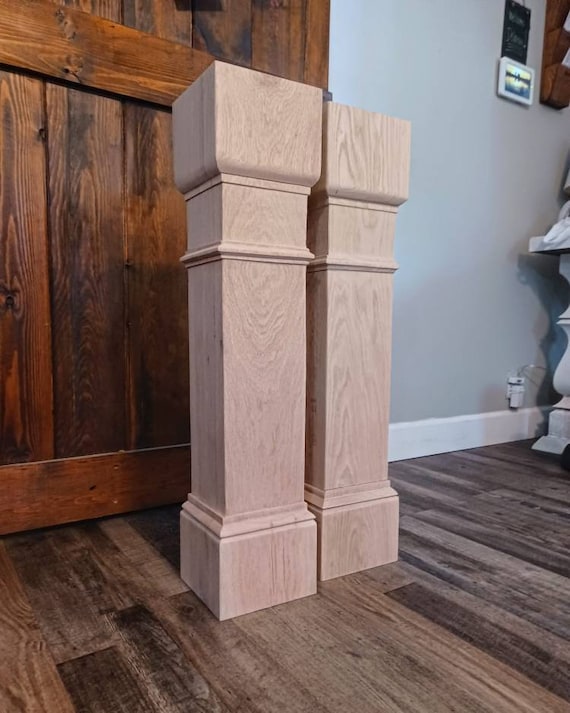Crucial Tips for Picking the Perfect Eating Table for Your Kitchen Area
Choosing the ideal dining table for your kitchen is even more than simply a matter of taste; it demands a comprehensive understanding of your space and needs. Begin by gauging your readily available area to guarantee ample clearance for activity. The form of the table plays an essential role; while rectangular tables match larger areas, rounded ones foster intimacy, and extendable options offer adaptability. Product choice is equally critical, with woods providing resilience and glass lending a modern-day touch. The table ought to integrate with your kitchen area's visual appeals and suit your household comfortably. What various other elements might affect this essential decision?
Action Your Space
Picking the perfect eating table starts with a precise analysis of your available space. This foundational action ensures that the table not only fits easily within the room however also matches the overall format and functionality of your eating location.
Think about the circulation of motion around the table. It is important to leave appropriate room for chairs to be taken out and for people to walk around the table without blockage. A general general rule is to allow a minimum of 36 inches of clearance from the side of the table to the nearby wall surface or furniture piece. This makes certain ease of access and comfort during meals.
In addition, consider the number of individuals you commonly amuse and whether you need extra room for guests. Choosing an extendable table can supply flexibility, permitting you to fit differing numbers of restaurants. By accurately gauging your room, you lay the groundwork for choosing a table that enhances both the aesthetics and performance of your eating location.
Select the Right Forming

On the various other hand, round tables are excellent for smaller cooking areas or intimate gatherings, as they promote discussion by allowing everybody to encounter each other. They also give a sense of comfort and can fit well in tighter rooms due to their lack of sharp edges. Oblong tables offer the most effective of both globes, combining the length of rectangular tables with the affection of rounded ones, making them versatile for different setups.
Square tables are another choice, especially matched for square-shaped areas. They create a modern-day and balanced look, fostering an equal dining experience for all seated. They may be less useful for larger events unless they come with extensions. Eventually, the shape you select ought to line up with your space measurements and way of life to make certain both kind and feature. you can try here
Material Considerations
When choosing an eating table, product factors to consider are extremely important in establishing the table's durability, maintenance needs, and overall visual. Timber is a traditional option, using classic charm and toughness. Hardwoods like walnut, oak, and mahogany are especially resilient, though they can be costly. kitchen island legs. Softwoods, such as pine, are extra cost effective however may be prone to damages and scratches.
Glass-topped tables give a contemporary, sleek appearance and can make a space show up larger due to their openness. They require constant cleaning to protect against spots and fingerprints. Furthermore, tempered glass is advised for its added toughness and safety.

Last but not least, composite products like MDF (Medium-Density Fiberboard) or plywood are economical options. These materials can resemble the appearance of solid timber but might not use the same long life. They are normally simpler to tidy however can be susceptible to water damages if not effectively sealed.
Ultimately, the option of material must line up with your cooking area's style, your lifestyle requires, and your budget restrictions. (kitchen island legs)
Seating Capability and Comfort
Exactly how do you determine the ideal seats capacity and convenience for your eating table? For a family members of four, a rectangular table of 48 inches long or a round table with a 48-inch size is generally sufficient.
Convenience is just as essential. The height of the table must preferably be around 30 inches, providing a balanced ergonomic position for seated restaurants. Chairs need to have a seat height of 18 to 20 inches to make sure a comfy dining position. In addition, think about the chair layout; upholstered seats and supportive backrests can boost dining comfort dramatically, specifically throughout prolonged meals.
Design and Visual Appeal
Selecting a table that suits your design and looks entails balancing personal taste with the existing style a knockout post of your eating area. The table is frequently the centerpiece of the cooking area, and its style ought to complement the total motif of the space. Whether your kitchen boasts a modern-day, minimal look or a rustic, farmhouse beauty, the table you select ought to harmonize with these components to produce a cohesive and welcoming environment.
Think about materials meticulously; timber uses a timeless allure and can vary from rich mahogany for a typical want to lighter oak for a contemporary feeling. Metal and glass tables, on the various other hand, can present a sleek, commercial edge to your kitchen. Do not neglect the table's form-- rectangular tables are flexible and classic, while round and oblong options can cultivate a much more intimate eating experience.
Furthermore, pay attention to information and finishes. A troubled finish could add personality go now and warmth, whereas a shiny surface can add to a clean, contemporary visual. Eventually, your eating table should not just healthy perfectly right into your kitchen's style but likewise mirror your personal style, boosting the space both functionally and aesthetically.
Verdict
To conclude, picking the perfect table for a cooking area necessitates cautious analysis of space, form, product, seating capacity, and aesthetic consistency. Ensuring a minimum clearance of 36 inches assists in comfy movement, while the option of form boosts spatial dynamics. Material selection effects resilience and style, making it critical to align with the kitchen area's total aesthetic. Eventually, an appropriate table cultivates an inviting environment and suits the home pleasantly, hence enhancing the dining experience.

When picking a dining table, material considerations are extremely important in identifying the table's longevity, upkeep needs, and general visual. For a family members of 4, a rectangular table of 48 inches long or a round table with a 48-inch diameter is typically adequate.
Don't ignore the table's form-- rectangular tables are classic and versatile, while round and oblong alternatives can foster a more intimate dining experience. kitchen island legs.